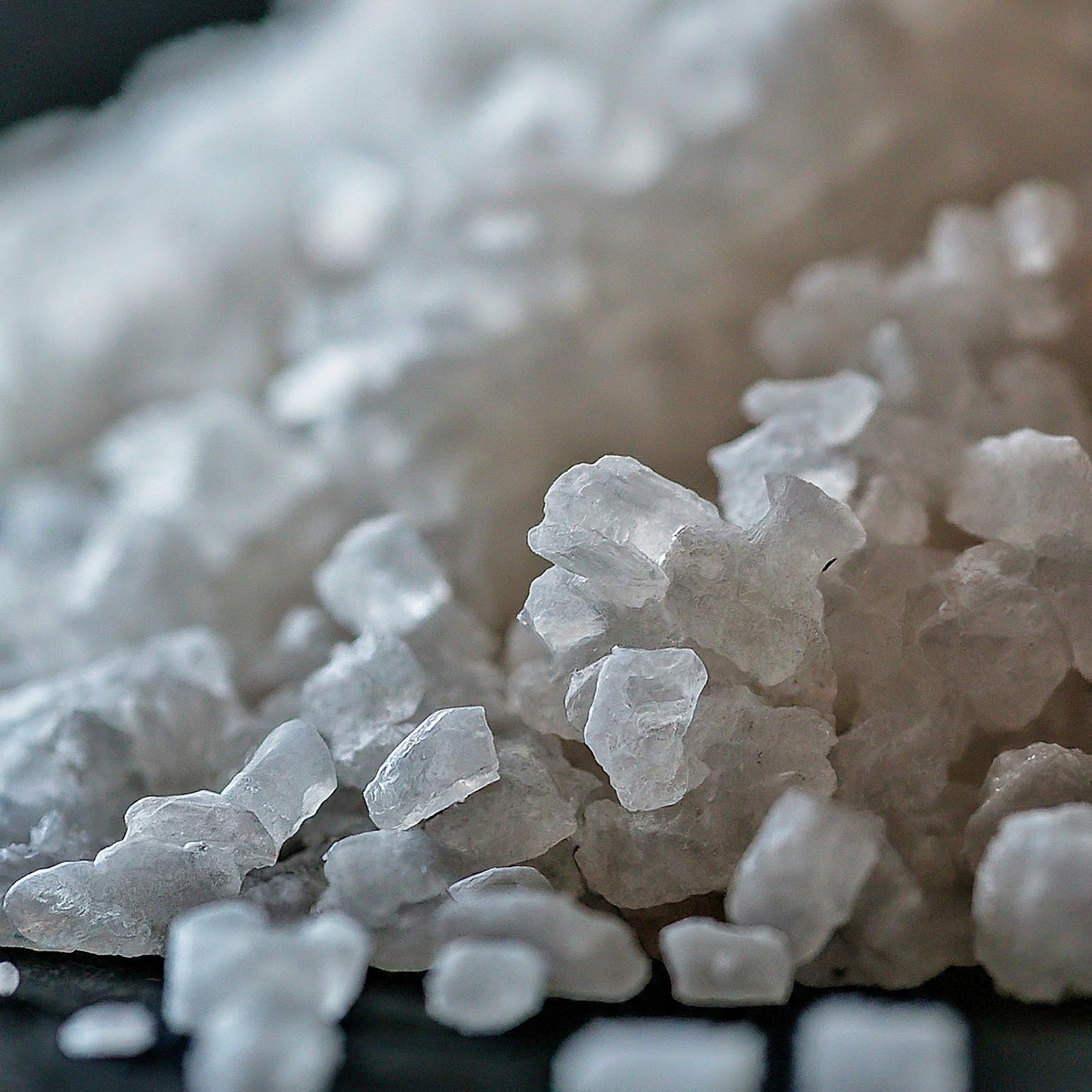PVC Is Made From: Ever wondered about the ubiquitous PVC pipes lurking beneath your sink or forming the backbone of your pool’s plumbing system? While they seem like an everyday object, the story behind PVC is more intriguing than you might think! So, buckle up and prepare to have your mind blown as we delve into the surprising origins of PVC.
From Salt to Plastic: A Chemical Transformation
The base ingredient in PVC might leave you scratching your head—it’s salt! Yes, the same sodium chloride that season your fries is a key component in PVC production. Through a complex series of chemical reactions, salt is transformed into a molecule called vinyl chloride monomer (VCM). VCM is then polymerized, meaning its molecules link together to form long chains, creating the plastic we know as PVC.
Beyond Salt: PVC Is Made From
While Salt takes center stage, it’s not a solo act. Other crucial ingredients in the PVC production process include:
- Crude Oil: Provides the raw materials for various additives that enhance PVC’s properties, like flexibility and fire resistance. Think of crude oil as the seasoning that gives PVC its specific characteristics.
- Plasticizers: Imagine these as tiny lubricants. They make PVC more pliable and easier to work with, similar to how oil makes cookie dough easier to roll out.
- Stabilizers: Exposure to heat and light can degrade PVC over time. Stabilizers act like bodyguards, protecting the PVC molecules and ensuring the material lasts longer.
A Material with a History: PVC Is Made From
The discovery of PVC can be traced back to the 19th century, but it wasn’t until the 1930s that a way to efficiently mass-produce it was developed. This innovation opened the door to a wide range of applications. Think of it like the invention of the printing press – it made PVC readily available and transformed its potential.
The Rise of a Versatile Star: PVC Is Made From
Since then, PVC has become a versatile and widely used material due to its winning combination of:
- Durability: PVC is known for its long lifespan and resistance to corrosion. It can withstand years of wear and tear, making it a reliable choice for pipes, building materials, and even some medical applications.
- Affordability: Compared to some other materials, PVC offers a cost-effective option. This has been a major factor in its widespread adoption across various industries.
- Versatility: PVC can be formulated to meet a variety of needs. By adjusting the recipe (the type and amount of additives), manufacturers can create PVC that’s rigid for pipes, flexible for hoses, or even lightweight for window frames.

The Other Side of the Coin: Environmental Concerns
However, the polyvinyl chloride story isn’t without its challenges. Environmental concerns surround the production process, which can generate harmful emissions if not carefully managed. Additionally, disposal of polyvinyl chloride products can pose difficulties, as they are not always easily recycled. Here are some ongoing efforts to address these issues:
- Greener Production Methods: Research is underway to develop cleaner and more sustainable ways to produce polyvinyl chloride. Scientists are exploring alternative feedstocks and optimizing production processes to minimize environmental impact.
- Recycling Initiatives: Improved recycling programs and technologies are emerging to give PVC a second life. This not only reduces reliance on virgin materials but also keeps polyvinyl chloride waste out of landfills.
Understanding PVC Is Made From: Making Informed Choices
Knowing where PVC comes from and its advantages and disadvantages empowers you to make informed choices. When possible, consider using eco-friendly alternatives for certain applications. For example, if you’re building a deck, recycled wood might be a more sustainable option. However, responsible disposal of PVC products and supporting companies committed to sustainable practices can help minimize its environmental impact.
From its surprising salt-based origins to its role in modern construction, the story of PVC is far from ordinary. So, the next time you encounter a PVC pipe, remember the fascinating chemistry and innovation that brought it to life!
Polyvinyl Chloride Suspension Resin: Future Of PVC Innovation
Polyvinyl Chloride Suspension Resin: Future Of PVC Innovation






